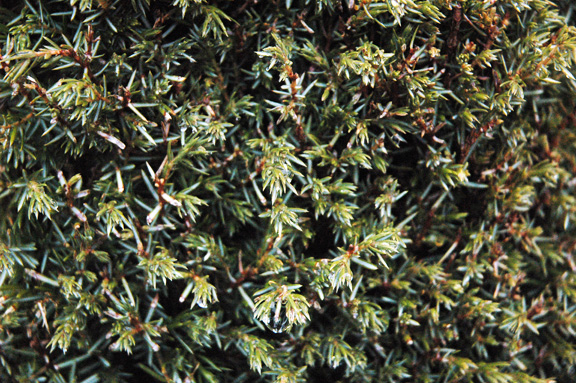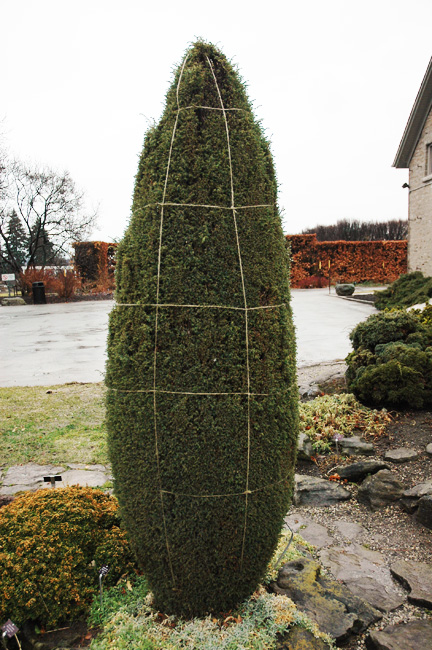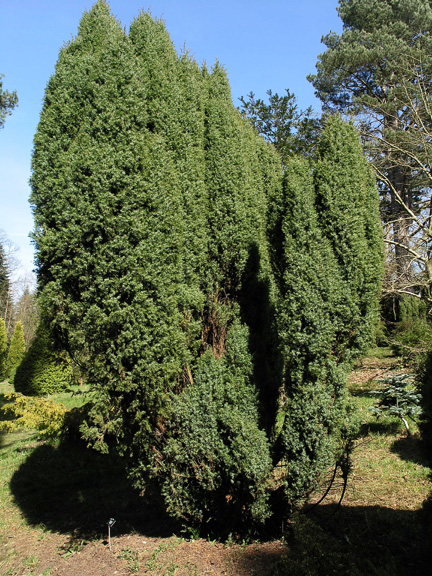| General Description | A medium size dwarf evergreen with a very unique visual appeal. The colour of the tree and the texture of the bark and needles will shadow your other plants and make them stand out. The Common Swedish Juniper works very well in rock gardens. If pruned can be used as a ground cover. |
| ID Characteristic | Easily identified with its medium size, full shape with a slender/ narrow figure, bluish-green to silver needles and shoot growth extending up the tree. |
| Shape | Upright with a narrow shape. |
| Landscape | Used as accent plants in parks. Beautiful addition to rock gardens as it highlights its surroundings. |
| Propagation | Propagated from cuttings off of the shoot growth of the plant and the cultivar ‘Suecica’ is the result of grafting. Roots will grow faster in substrate that is poor in nutrients, and can be transplanted early on in the growth process. Planted should occur in the spring or early autumn. |
| Cultivation | Tolerant of most soil types and drought. Prefers full sun and is pH adaptable. |
| Pests | Deer, Bagworms and Spider Mites can pose a problem. Diseases include Juniper Blight usually showing in the spring time when it is wet, and Cedar Apple Rust. |
| Notable Specimens | Abney Park Cemetery, London, United Kingdom. |
| Habitat | Horticultural origin. |
| Bark/Stem Description | The bark on the tree is like paper, a reddish-brown colour and peels off the trunk in thin strips. |
| Flower/Leaf Bud Description | Brown with 2 scaly leaves that open up and eventually grow new shoots. |
| Leaf Description | Leaves are alternating, needle-like and thin. They are sharp and pointed and are approximately 1.5-2 cm in size. It is bushy, broad-leafed, and bluish green in colour. Needles grow in groups of 3 wrapping around the branches. |
| Flower Description | Flowers are green in colour. |
| Fruit Description | The fruit is a spherical berry-like seed cone that is green, wrinkled, and approximately 6 mm in size. Once ripened and bloomed, it changes to a brown/black in colour. The fruits are also very scaly and fleshy. They tend to bloom in clusters of 3-6 berries/seed cones. |
| Colour Description | The cones are small and look like berries and change in blooming season from a green to a black/blue colour. The bark is reddish brown. And the whole tree is green in colour with a blue tinge to the needles. |
| Texture Description | Vertically cracked and peeling bark on the trunk/branches. The tree is coarse textured. |


